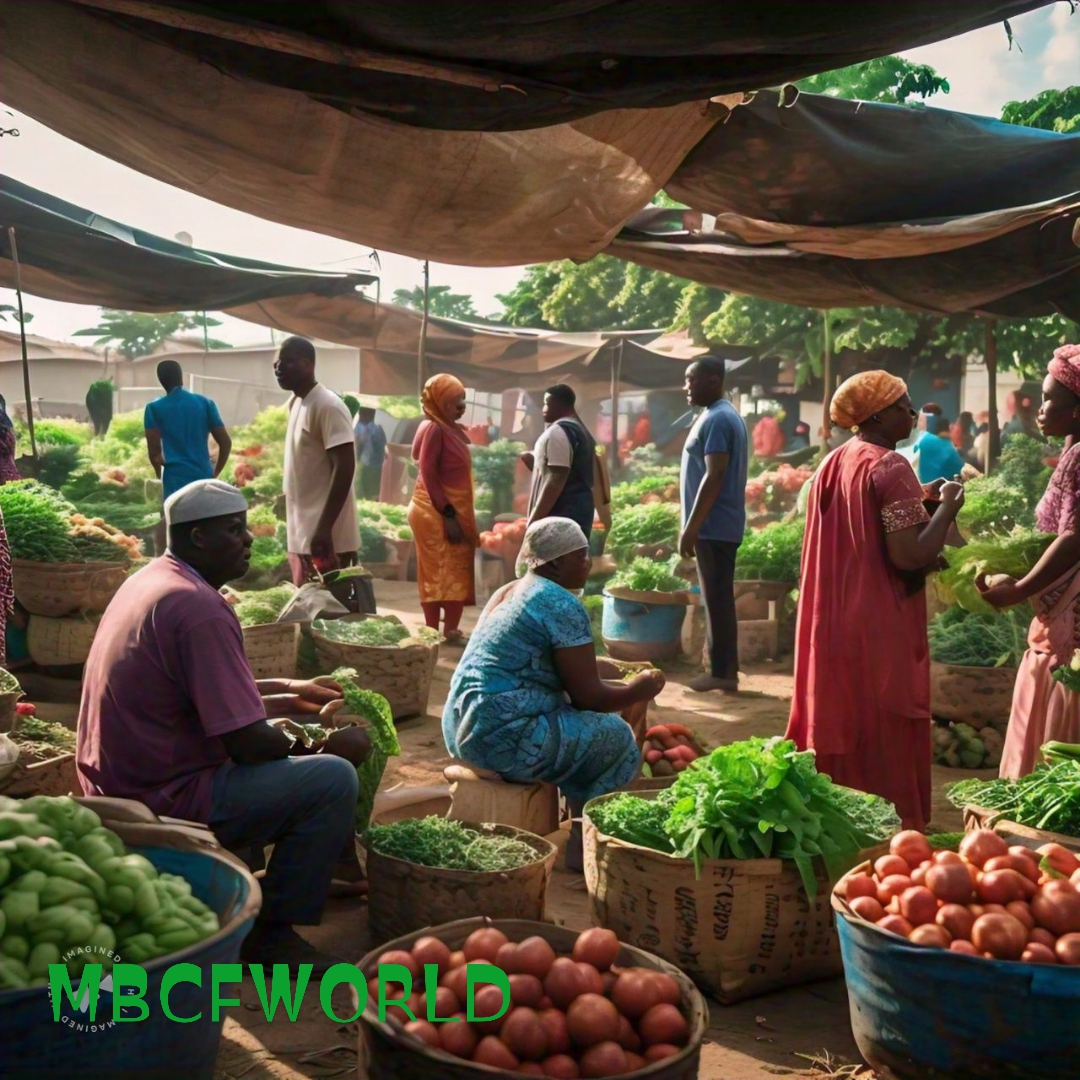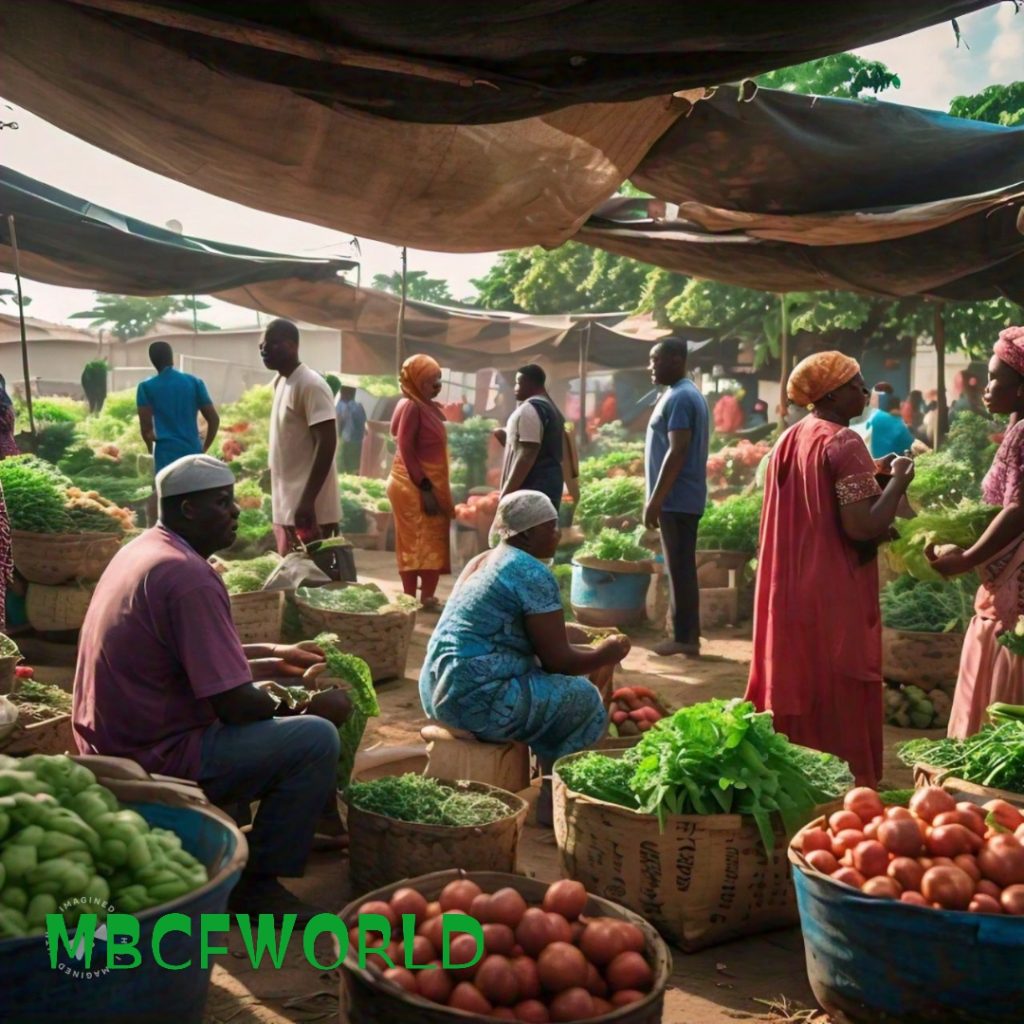

Understanding Food Security: Challenges, Solutions, and Importance
In today’s world, where the global population is constantly increasing, ensuring food security has become a critical issue that affects millions of people worldwide. From access to nutritious food to sustainable agricultural practices, the concept of food security encompasses a wide range of challenges and solutions. In this blog post, we will delve into the depths of food security, exploring its significance, the obstacles it faces, and the strategies to achieve it.
What is Food Security?
Food security, as defined by the Food and Agriculture Organization (FAO) of the United Nations, exists when all people, at all times, have physical, social, and economic access to sufficient, safe, and nutritious food that meets their dietary needs and food preferences for an active and healthy life. This definition emphasizes the importance of not only having enough food but also having access to food that is safe, nutritious, and culturally appropriate.
Challenges to Food Security
Despite advancements in agriculture and food production, food security remains a pressing issue globally. Several challenges contribute to the complexity of achieving food security:
- Climate Change: Climate change poses a significant threat to food security by disrupting agricultural productivity, increasing the frequency of extreme weather events, and altering the distribution of pests and diseases.
- Poverty: Poverty is a major factor that limits people’s access to food. Lack of financial resources prevents individuals and communities from purchasing adequate and nutritious food.
- Conflict and Instability: Armed conflicts, political instability, and displacement of populations can disrupt food production, distribution, and access, leading to food shortages and hunger.
- Inadequate Infrastructure: Poor infrastructure, such as roads, storage facilities, and transportation networks, can hinder the efficient movement of food from farms to markets, resulting in food loss and waste.
- Lack of Education: Limited access to education and information about nutrition, farming practices, and food storage can contribute to food insecurity in communities.
Importance of Food Security
Achieving food security is crucial for several reasons:
- Health and Nutrition: Access to nutritious food is essential for maintaining good health, preventing malnutrition, and reducing the risk of chronic diseases.
- Economic Development: Food security is closely linked to economic development. A well-fed population is more productive, which can contribute to economic growth and poverty reduction.
- Social Stability: Adequate food supply helps to promote social stability by reducing the risk of food riots, conflicts over resources, and social unrest.
- Environmental Sustainability: Sustainable food production practices are vital for preserving natural resources, reducing greenhouse gas emissions, and mitigating the impacts of climate change.
Strategies for Achieving Food Security
Addressing food security requires a multi-faceted approach that involves governments, organizations, communities, and individuals. Some key strategies for achieving food security include:
- Promoting Sustainable Agriculture: Encouraging sustainable farming practices, such as organic farming, agroecology, and conservation agriculture, can help improve soil health, conserve water, and reduce the use of chemical inputs.
- Investing in Research and Innovation: Funding research and development in agriculture, food technology, and nutrition can lead to the development of new crop varieties, improved farming techniques, and innovative food products.
- Improving Access to Markets: Enhancing market access for smallholder farmers, promoting fair trade practices, and supporting local food systems can help ensure that food reaches those in need and that farmers receive fair prices for their products.
- Strengthening Food Distribution Systems: Investing in efficient transportation networks, cold storage facilities, and food processing infrastructure can help reduce food losses during storage and transportation, ensuring that more food reaches consumers.
- Enhancing Nutrition Education: Providing education on nutrition, healthy eating habits, and food preparation can help individuals make informed choices about their diets, leading to improved health outcomes and reduced malnutrition.
- Supporting Smallholder Farmers: Smallholder farmers play a crucial role in food production, especially in developing countries. Providing them with access to resources, training, and financial support can help increase agricultural productivity and
- Building Resilience to Climate Change: Implementing climate-smart agricultural practices, such as drought-resistant crop varieties, water-efficient irrigation systems, and agroforestry, can help farmers adapt to changing climate conditions and reduce the impact of extreme weather events on food production.
- Conclusion, food security is a complex and multifaceted issue that requires a coordinated effort from governments, organizations, communities, and individuals to address. By promoting sustainable agriculture, investing in research and innovation, improving access to markets, strengthening food distribution systems, enhancing nutrition education, supporting smallholder farmers, and building resilience to climate change, we can work towards a future where everyone has access to sufficient, safe, and nutritious food. Ensuring food security is not only essential for promoting health and nutrition but also for driving economic development, fostering social stability, and preserving the environment. By prioritizing food security as a global goal, we can create a more resilient and sustainable food system that meets the needs of current and future generations. As we continue to face challenges such as climate change, poverty, conflict, and inadequate infrastructure, it is imperative that we work together to find innovative solutions and build a more food-secure world. By taking action at the local, national, and international levels, we can make significant progress towards achieving food security for all. Thank you for reading this blog post on food security. We hope that it has provided you with valuable insights into the importance of this critical issue and the strategies needed to address it. Together, we can create a world where no one goes hungry and where everyone has access to the nutritious food they need to thrive.







🎵 Melodic magic! Sprunki enchants with innovative sounds.
You honestly hit the nail on its head, thanks for this piece